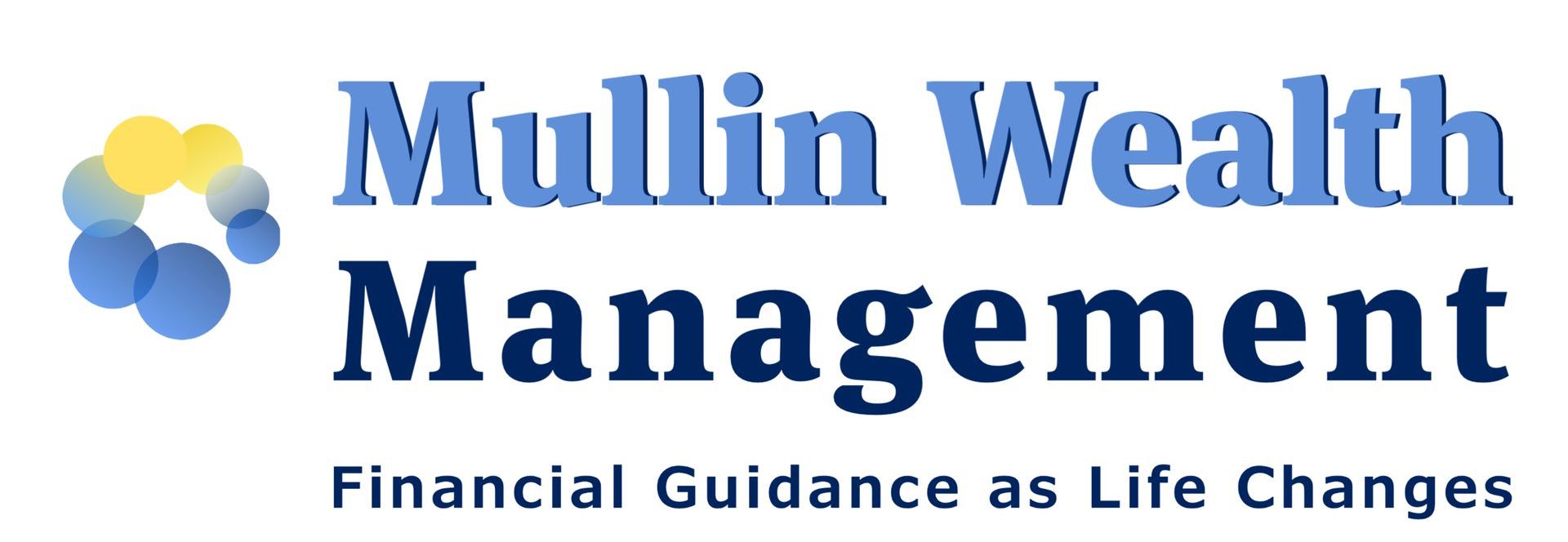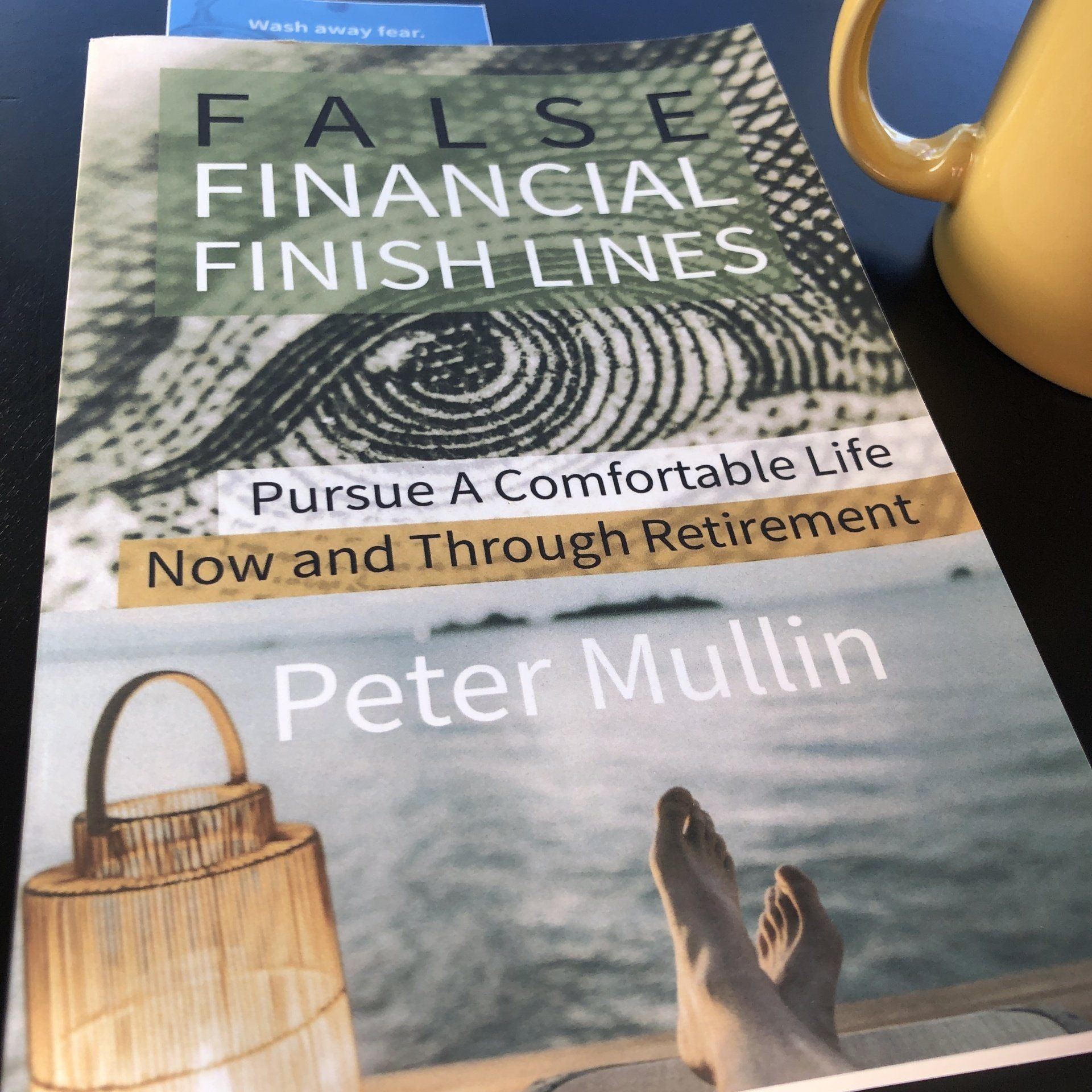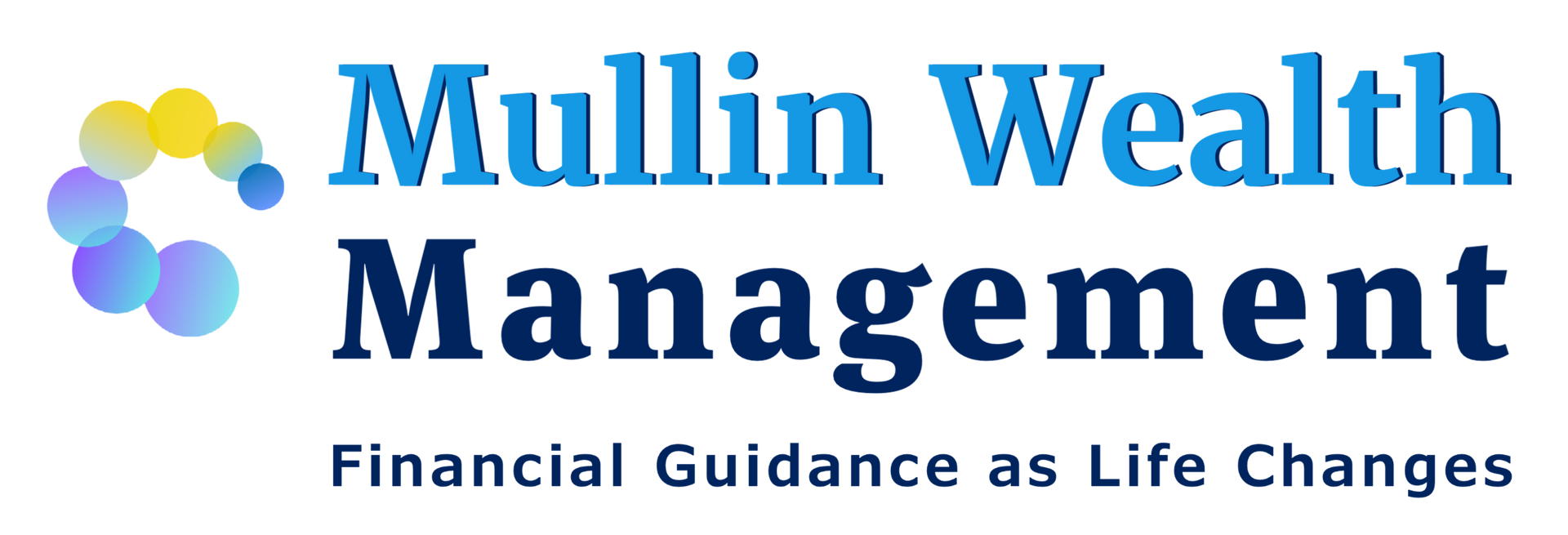5 Oversights by High Earners That Can Hurt Your Retirement
1. Maxing out 401(k) & Stopping : If you make $200,000 or $30,000 you can invest the same $18,500 (plus $6000 more after you turn 50) in your 401(k) in 2018 (IRS, IR-2017-177, Oct. 19, 2017). The trouble is high earners tend to not max out their 401(k). If they do then they stop there. Keep going.
- Open a regular investment account. You may not receive much in the way of deductions, but if you're trying to save upwards of 10-12x (or more) your salary by retirement then this is one way to help.
- Invest in this additional account on a monthly or regular basis. Again, do this in addition to maxing out your 401(k).
- Now you have two places with money in them. One is for any rainy day. The other is for retirement. Combined you'll be glad you have them.
2. Withholding Too Little : If your spouse is working alongside you, then it may be time to speak with a CPA or your tax professional. Paying too little in income tax can cause a penalty. Guess what can help mitigate taxes? A 401(k) contribution! (See #1)
3. Prioritizing Debt Instead of Cash Flow : If you could make $30 on every hundred or $4 on every hundred which would you pursue? Certainly the $30, right? Well what would you assume to do first? Pay off a car loan with a 4% rate? Or invest money in retirement that can yield you a deduction; potentially saving you the equivalent of $30 in tax for every $100 invested?
- Society should thank high earners. They make mistakes.
- Physicians, Administrators and Professionals all are guilty of wanting to eliminate debt. And why not? You have the money to do so. But the problem of debt ought to be solved from a holistic vantage point.
- We think weighing the net benefits of where your money goes is a part of your Prosperity Puzzle .
4. College Planning : High earners can be brutalized through the FAFSA system.
- A high weighting is placed on parent's income.
- In 2018, I think one of the options for college planning for high earners likely has more to do with encouraging great grades, participation in extracurricular activities and the relentless pursuit of scholarships $250, $1000, and $5000 at a time.
- The other thing high earner parents need to consider is proper funding for college.
- If appropriate, consider using 529s and additional investment options.
5. Living Like There's No Tomorrow:
- Get an estate plan via an estate attorney. Your legal professional and financial professional can help you see the whole puzzle.
- Audit your group or personal insurance to assess that it reasonably meets needs now and potentially in the future.
- Job changes and disabilities and family emergencies can cause reductions in income. Shore up your family savings account. *That regular investment account comes in handy here, again.
New to this high earner thing? Have questions? Feel free to take the 15-minute challenge. Give us 15-minutes alone with your financial statements. We’ll give you a bullet-point summary of our findings.
***
Peter Mullinis an LPL Financial Advisor with Mullin Wealth Management in the St Cloud, MN area a resident of Rogers, MN. Visit www.mullinwealth.com to learn more.
The opinions voiced in this material are for general information only and are not intended to provide specific advice or recommendations for any individual.
The information provided is not intended to be a substitute for specific individualized tax planning or legal advice. We suggest that you consult with a qualified tax or legal advisor.
Investing involves risk including loss of principal.
Prior to investing in a 529 Plan investors should consider whether the investor's or designated beneficiary's home state offers any state tax or other state benefits such as financial aid, scholarship funds, and protection from creditors that are only available for investments in such state's qualified tuition program. Withdrawals used for qualified expenses are federally tax free. Tax treatment at the state level may vary. Please consult with your tax advisor before investing.
- Mullin's take on the "4% Retirement Rule"
- Navigate "Bad Portfolio Weather"
- Tips to Optimize Social Security







Articles and Assets
What are your Priorities?
Well it’s the end of the year. I just searched on Google for “market outlook 2018.” I came up with a little over 58-million “results.”
So should you be investing in stocks in 2018? The quick answer: It’s likely a prudent part of your portfolio. But it depends on your circumstances, right?
It’s apparently popular to throw your hat in the ring.
A mantra that you hear among disciplined professionals is to “stay the course.”
Then you hear “sell high, buy low.”
Who’s right?
The relief of a disciplined strategy is that it can be tailored to you. And tailor we think you should.
Yes, it’s possible that an investor may not utilize stocks in their portfolio at all. Or you may decide to go “all in” with a diversified stock portfolio.
(Side effects from tailoring a strategy may include increased confidence & persistence, apathy toward daily market reports, and increased focus on what really matters.)
Let’s begin with the “Why” of investing for you. Then you can request 15-minutes on the phone discuss your “how.”
So “Why Should You Invest”
Life changes and our “why” of investing ought to transform with life. Some invest for sport – they like the risk/reward of investing – they’re in it for the thrill. I don’t hang with this crowd.
Most of us ought to invest for things we want. Our money & our goals are serious. By investing in a diversified portfolio we can pursue things we want.
1. Living A Comfortable Retirement: Retirement is a noun. It’s up to you to really design and live a retirement that reflects you.
2. Purchasing a Home: Home is a place to live. It can take a down payment.
3. Passing an Inheritance on to Family:
4. Student Loan Shield: This idea is important for many Millennial graduates. Student loans can dominate your budget. But instead of accelerating those payments, what if you paid your required payments, and then invested the additional money that you were going to pay against your loan balance?
5. Emergency Reserves: You probably have read that it’s prudent to keep a relative healthy amount of cash in your checking/savings. Once you’ve achieved that, then you can consider investing additional funds. Go a step further and consider a non-retirement account for you and your house. You can spend this on cars, vacations or use it just as described in #4.
The Dow Jones has seen positive results, so far, in 2017. It’s unusual and sort of uncomfortable as the independent financial advisor. Why is it uncomfortable?
What would sting & linger longer? Finding $20 in the parking lot? Or finding a $20 parking fine on your windshield?
We’ve been finding a lot of metaphorical “$20’s” (i.e. “positive results”) in our portfolios this year. So the second we find a parking fine (or a few in a row) we’ll be sure to ask if stocks are still the right place to park our money.
Complacency can work against us, Dear Clients. Just keep recalling your long-haul strategy and your “why” of investing.
***
Peter Mullin is an independent financial advisor registered through LPL Financial. He lives in Rogers, MN with his family. He was born and raised in St. Cloud, MN. Mullin Wealth Management is located in Waite Park, MN.
The opinions voiced in this material are for general information only and are not intended to provide specific advice or recommendations for any individual.
Investing involves risk including loss of principal.
There is no guarantee that a diversified portfolio will enhance overall returns or outperform a non-diversified portfolio. Diversification does not protect against market risk.
All performance referenced is historical and is no guarantee of future results.
All indices are unmanaged and may not be invested into directly. No strategy assures success or protects against loss.








